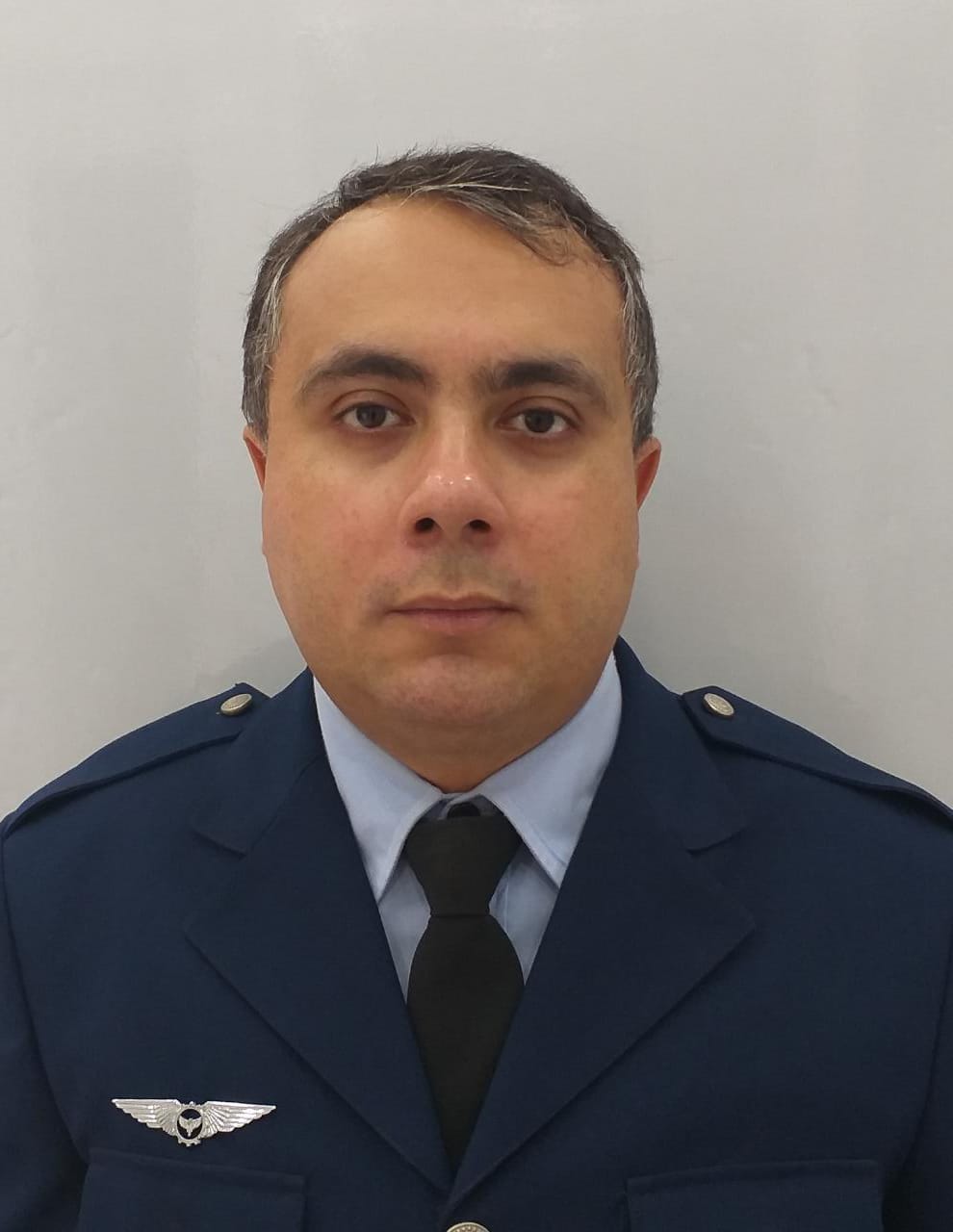Inclusion of Autistics in the Armed Forces.
A Legislative Gap
Keywords:
Armed Forces, Autism, InclusionAbstract
The defense of the nation is a fundamental duty of all
Brazilian citizens, and the Armed Forces represent the forefront of this
mission. However, the inclusion of individuals with Autism Spectrum
Disorder (ASD) in the Armed Forces still generates many debates and
questions. This research investigates and presents some challenges regarding
the inclusion of individuals with autism in the Military Forces, discussing the
discrepancy between health legislations, especially concerning the Singular
Forces, legislative gaps, the benefits of inclusion, and the importance of
technology in this process. A bibliographic review was conducted, including
laws, decrees, regulations, scientific articles, websites, and medical literature
related to individuals with autism and their potential inclusion in the Armed
Forces. The research identified the disparity between the health legislations
of the Singular Forces, the need for proactive legislation that promotes
inclusion, the benefits of inclusion for Defense Forces, for society, and the
importance of technology as an inclusion tool. In the impossibility of
exhausting the entire ASD theme, we will focus on the inclusion of
individuals with autism in the Armed Forces, which constitutes a challenge
that requires overcoming barriers and building bridges, a fundamental step
towards building a more just, inclusive, and diverse society.
References
BRASIL. Constituição da República Federativa do Brasil de 1988.
BRASIL. Decreto Legislativo nº 186, de 2008, Brasília, DF, 2008.
BRASIL. Decreto nº 6.949, de 2009, Brasília, DF, 2009.
BRASIL. Decreto nº 9.508, de 24 de setembro de 2018. Brasília, DF, 2018.
BRASIL. Decreto nº 57.654, de 16 de agosto de 1966. Regulamenta a Lei do Serviço Militar.
BRASIL. Exército Brasileiro. Portaria 247-DGPO (NORMAS TÉCNICAS SOBRE PERÍCIAS MÉDICAS NO EXÉRCITO).
BRASIL. Força Aérea Brasileira. ICA 160-6 (INSTRUÇÕES TÉCNICAS DAS INSPEÇÕES DE SAÚDE NA AERONÁUTICA).
BRASIL. Lei nº 4.375, de 17 de dezembro de 1964. Dispõe sobre o Serviço Militar e dá outras providências.
BRASIL. Lei nº 8.112, de 13 de dezembro de 1990. Dispõe sobre a política nacional de integração da pessoa portadora de deficiência, estabelece o Plano Nacional de Integração Social da Pessoa Portadora de Deficiência (PLANIDEF) e dá outras providências.
BRASIL. Lei nº 12.764, de 29 de dezembro de 2012. Dispõe sobre o atendimento às pessoas com deficiência e dá outras providências.
BRASIL. Lei nº 13.146, de 6 de novembro de 2015. Institui a Lei Brasileira de Inclusão da Pessoa com Deficiência (LBI), altera a Lei nº 8.112, de 13 de dezembro de 1990, e revoga a Lei nº 12.764, de 29 de dezembro de 2012.
BRASIL. Marinha do Brasil. DGPM-406 (NORMAS REGULAMENTADORAS DAS INSPE-ÇÕES DE SAÚDE NA MARINHA).
Defence jobs australia. Diversidade e Inclusão. Disponível em: https://www.defence.gov.au/jobs-careers/defence-aps-jobs/what-defence-offers/diversity-inclusion. Acesso em: 17 de abril de 2024.
Institututoneurosaber.https://institutoneurosaber.com.br/quais-sao-as-principais-comorbidades-do-autismo/. Acesso em: 19 de abril de 2024.
Manual diagnóstico e estatístico de transtornos mentais: DSM -5 -TR, texto revisado. Porto Alegre: Artmed Editora LTDA, 2023.
Nathalia, Barreto 2024 https://br.academiadoautismo.com/comorbidades-no-autismo Nathalia Barreto. Acesso em: 19 de abril de 2024.
Organização das Nações Unidas. Convenção sobre os Direitos das Pessoas com Deficiência. Nova York, 2006.
Polícia Federal. Departamento de Gestão de Pessoal. Edital nº 1 – DGP/PF, de 15 de janeiro de 2021. https://www.cebraspe.org.br/concursos/pf_21 Acesso em: 17 de abril de 2024.
Reis, Nélio. Autismo e o Exército. Disponível em: https://sampi.net.br/jundiai/noticias/2781827/nelio-reis/2023/08/autismo-e-o-exercito Acesso em: 17 de abril de 2024.

Downloads
Published
How to Cite
Issue
Section
License
Copyright (c) 2024 Revista do Ministério Público Militar

This work is licensed under a Creative Commons Attribution 4.0 International License.

Este trabalho está licenciado com uma Licença Creative Commons – Atribuição 4.0 Internacional.
